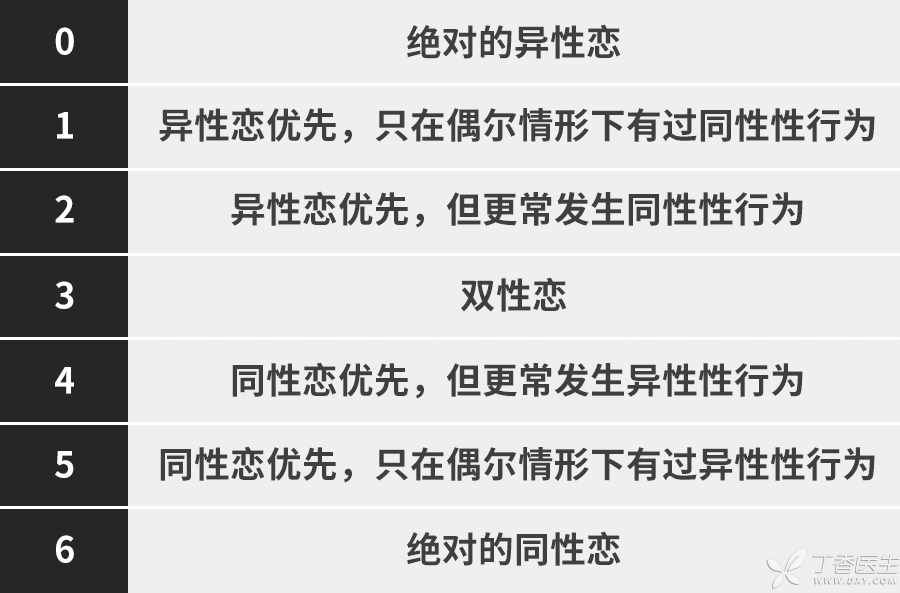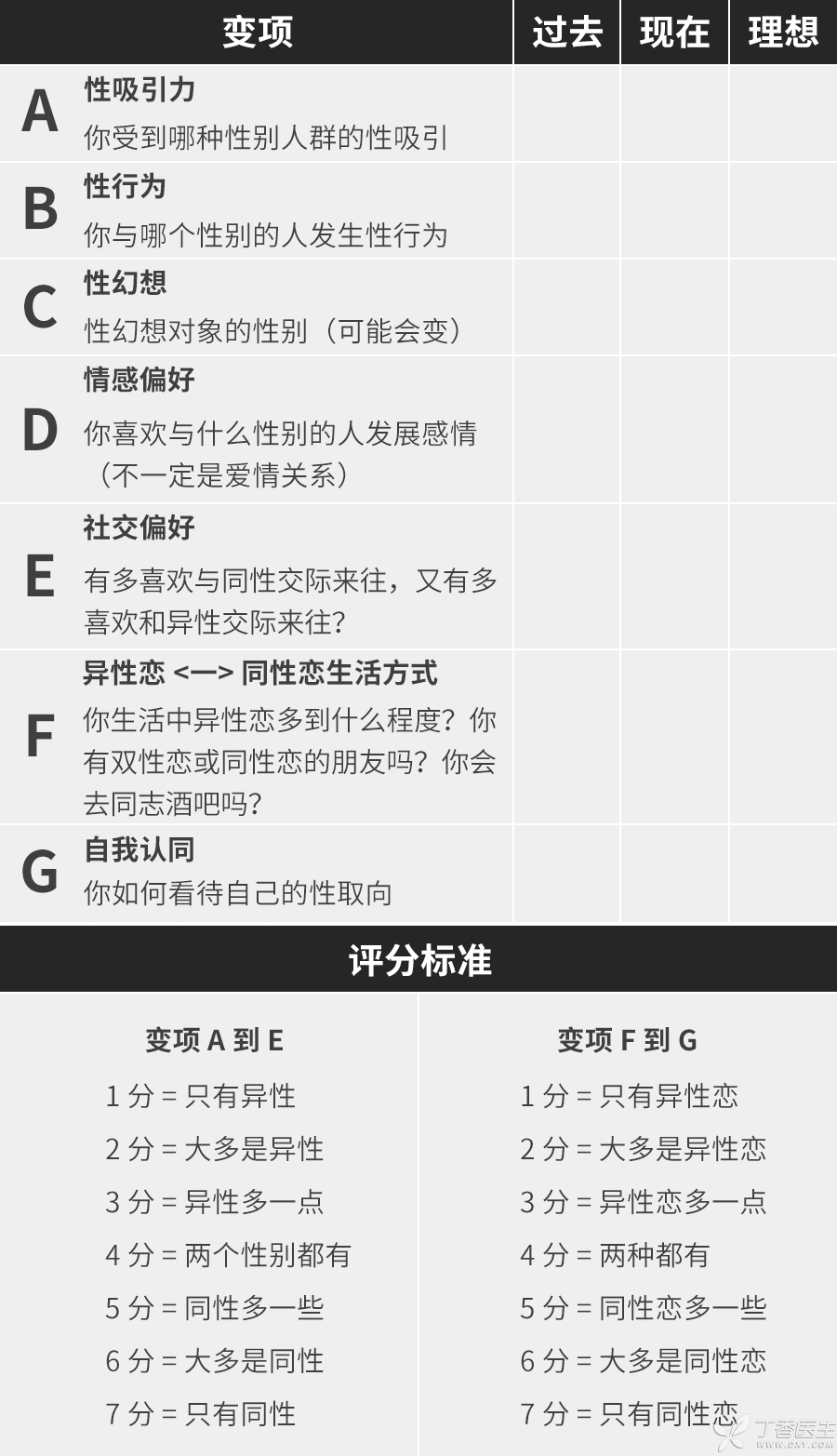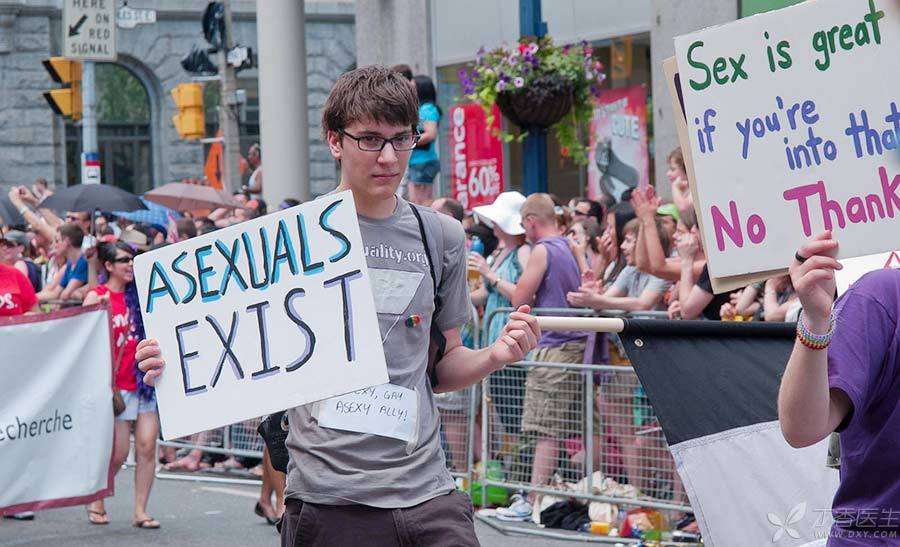
For most heterosexuals, sexual orientation does not seem to be a matter of great concern. Most people generally believe that heterosexuality is [normal] and is born with it.
In the field of sexual orientation, many definitions are still changing. I hope everyone will read the article with a heart of self-exploration. If you are a [more traditional] reader, you may have some difficulties in understanding or accepting, but this process of trying to understand is actually beneficial to you and a breakthrough in your thinking habits.
Sexual orientation is related to culture.
Social constructivism and postmodernism hold that in different historical periods and different cultural conditions, the performance of sexual behavior is different.
For example, in some minority tribes, men need to have sex with an adult man before reaching adulthood as an emotional and sexual enlightenment study, and after marrying a woman, this same-sex relationship will be prohibited.
Each culture has a different understanding of sexual orientation and thus has different behaviors.
Start with [Third Sexual Orientation]
The American Psychological Association divides sexual orientation into heterosexuality, homosexuality and bisexuality. Bisexuality, as a clear sexual orientation, exists independently like heterosexuality and homosexuality.
However, if you randomly interview people’s views on bisexuality, you may hear an answer similar to the following:
Bisexuality should be great! They can associate with twice as many people as the average person and have twice as much pleasure. If my same-sex friend is bisexual, I will be a little embarrassed! Especially if they live together, they feel like they have been taken advantage of. It is only a transitional stage, or they have not yet figured out whether they want what. Bisexual men and women eat everything, and it is estimated that their private lives are quite chaotic…
These views actually reflect people’s lack of understanding of the true definition of [sexual orientation].
Bisexuality has not yet been fully understood by people. For some people, this sexual orientation is unimaginable. It is not understood by heterosexuals and seems unpopular in the gay circle.
Compared with homosexuality, those more [low-key] sexual orientations (such as bisexuality and asexuality) seem to only hide in the cabinet.
Sexual orientation is not black or white.
Lust is rich and flowing, and everyone constantly explores self-identity throughout his life. In fact, there are no completely independent heterosexuals, bisexuals and homosexuals in this world.
Just like 0 to 1 on the number axis, you can be 0, you can be 1, you can be 0.43538395385737548394…
What is your sexual orientation?
Kinsey scale
Sex expert Dr. Kinsey and his research team designed a set of sexual orientation scales to more accurately reflect the complexity of human sexual orientation.
The scale divides human sexual orientation into seven grades, from complete heterosexual orientation (score 0) to complete homosexual orientation (score 6):

Kinsey Scale: Sexual Orientation Depends on Degree
This scale can be used to quickly divide one’s own position, but its disadvantage is that it does not take into account the inner play (fantasy, thought and psychological reaction). After all, it is not certain that such behavior will happen if one has a certain idea.
Klein Sexual Orientation Scale
The Klein Sexual Orientation Scale further divides sexual orientation into seven aspects and measures these traits from three aspects: past, present and ideal.

Klein’s Sexual Orientation Scale: Sexual Orientation is a Placing Point in Continuous Spectrum
Item D [Emotional Preference] does not necessarily refer to a love relationship. Think of Cheng Dieyi and Duan Xiaolou in Farewell My Concubine, the green snake who is extremely attached to her sister White Snake. Jokingly, if there is no attraction in the broad sense of [sex], I’m afraid many heterosexuals would prefer to spend time with the same sex.
Klein’s Sexual Orientation Scale also has limitations, such as emotional preference does not distinguish love from friendship (or perhaps it has something in common), sexual attraction does not distinguish sexual desire from love, etc.
However, this scale can still show how different people’s sexual orientation is. Almost no two bisexuals in the world are the same. Bisexuality does not mean that the preference for the same sex and the opposite sex is exactly half.
When we talk about our sexual orientation, we are talking about what.
Sense of Being and Attribution
Heterosexuality, homosexuality and bisexuality are actually the labels we each put on ourselves.
This label of sexual orientation affects our identity, which tells us: who I am, how I am different from others, how similar I am, and which class I belong to.
The process of identification can meet our needs for [sense of existence] and [belonging].
When we find ourselves completely different from what we thought before, we will be eager to know:
Who are we? People like us have what characteristics? Are we different from others in what? We can do something for ourselves, what?
For example, a bisexual person will know himself like this:
I can emotionally and physically yearn for both sexes. I also have corresponding emotional and sexual patterns. I also agree with roles and behaviors that match my bisexual identity. For example, I will go to gay societies to communicate and attend parties in heterosexual culture.
Self-identity
Identity allows us to acknowledge our own experience, and identity is part of [self]:
From the moment I first felt heartache about the same sex and longed to be close to her and with her, [who am I? I am no longer sure that the past experience is true, nor do I know that I am a part of how. I am anxious, irritable and seem difficult to understand.
The change of sexual orientation will trigger an inner earthquake and make you realize who you are again. If you lose your self-identity or cannot reasonably explain this identity, you will fall into endless distress and confusion.
Unfortunately, in order not to endure this uncomfortable sense of chaos or restore the inherent cognitive balance, many people actually choose to hide their experiences (including sexual orientation) that do not meet social expectations and tell themselves that they are not important or true.
It is what that influences us to explore our sexual orientation.
Individual Self-exploration
Sexual identity may develop at any stage of life. For example, a bisexual person may first realize that he can be attracted to one of the two sexes, and then realize that he is also interested in the other sex in the subsequent experience.

Curiosity
This kind of curiosity is mostly due to the influence of the relevant groups, which then leads to a new exploration of one’s sexual orientation.
Gender role stereotype
Gender role stereotype refers to people’s expectations, requirements and general views on men and women’s behaviors and personality characteristics. That is, men and women should have certain performances before they are considered [normal].
In the heterosexual social culture, there are also various gender role stereotypes in love relationships, such as:
Although this stereotype is not the manifestation of all love relationships, it will maintain the individual’s heterosexual orientation.
To understand your sexual orientation is to understand yourself.
Lust and sexual preferences are originally full of uncertainties along with the development of life, but this seems unable to be understood by mainstream values.
Human cognition cannot bear too much load. Faced with a variety of temperament experiences, a shortcut is to plug everything into the existing conscious framework in the brain, to distinguish between things and make one category more [correct] than the other (usually the one closer to oneself).
But in the process, the understanding of real life was also lost.
A bisexual once said:
